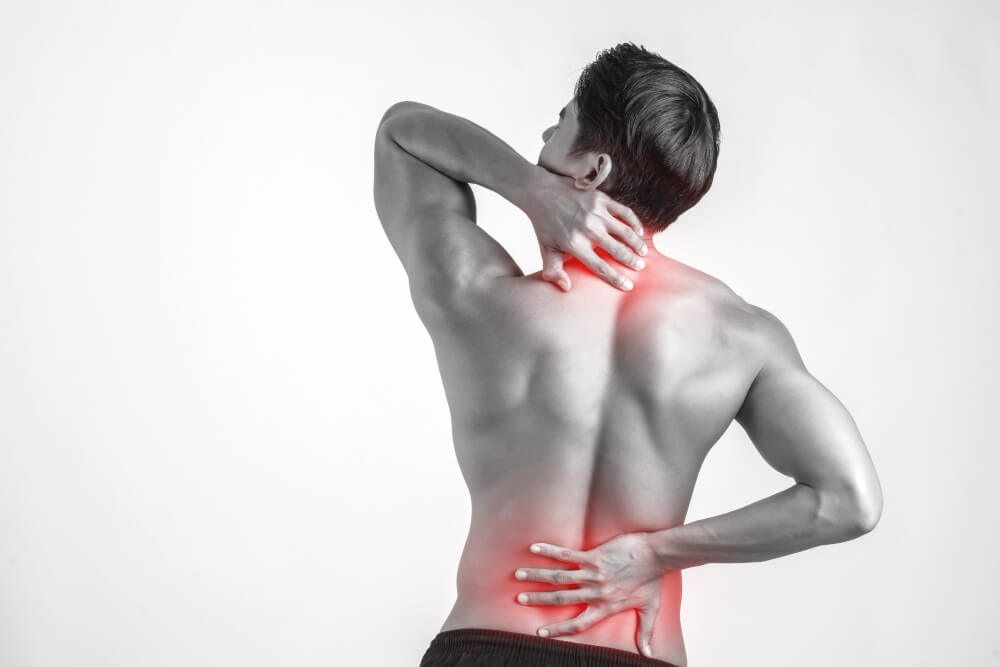Finding Relief for Neck and Back Pain: The Role of Orthopedic Care in Cervical Spine Treatment
Neck and back pain are leading causes of disability worldwide. The cervical spine, also known as the neck, is a complex structure made up of bones, vertebrae, discs, muscles, ligaments, and nerves. Pain in this region can originate from various sources, including injuries, degenerative conditions, and poor posture. While some instances of neck and back pain resolve on their own, persistent or worsening pain warrants a professional evaluation by an orthopedic specialist.
Understanding the Causes of Neck and Back Pain
There are numerous potential culprits behind neck and back pain. Let’s delve into some common causes:
- Muscle Strain: Overexertion, repetitive motions, or poor posture can strain the muscles and ligaments in the neck and back, leading to pain and stiffness.
- Disc Herniation: The discs act as cushions between the vertebrae in your spine. A herniated disc occurs when the soft inner core bulges out, putting pressure on nearby nerves and causing pain, numbness, or weakness.
- Arthritis: Osteoarthritis (wear-and-tear arthritis) and rheumatoid arthritis (an autoimmune condition) can affect the facet joints in the spine, causing pain, stiffness, and inflammation.
- Spinal Stenosis: This condition involves narrowing of the spinal canal, which can compress the spinal cord and nerves, causing pain, numbness, and weakness.
- Whiplash: This is a common neck injury caused by a sudden jolt of the head, often resulting from a rear-end car accident. Symptoms include neck pain, stiffness, headache, and dizziness.
- Poor Posture: Slouching or hunching for extended periods can put undue strain on the muscles and ligaments in the neck and back, leading to pain and discomfort.
Symptoms of Neck and Back Pain
Neck and back pain can manifest in various ways, depending on the underlying cause. Here are some common signs to watch out for:
- Aching or sharp pain in the neck or back
- Stiffness or limited range of motion in the neck or back
- Radiating pain that travels down the arms or legs
- Muscle spasms or tightness
- Headaches
- Numbness or tingling in the arms or hands
- Weakness in the arms or legs
What Orthopedic Specialists Can Do for Neck and Back Pain
Orthopedic specialists are medical professionals who diagnose and treat musculoskeletal conditions, including those affecting the cervical spine and back. Here’s how they can help you manage your neck and back pain:
- Diagnosis: Through a comprehensive evaluation, including a physical examination, medical history review, and imaging tests like X-rays or MRIs, the orthopedic specialist will determine the cause of your pain.
- Non-Surgical Treatment Options: In most cases, neck and back pain can be effectively managed with non-surgical methods. These may include:
- Rest and activity modification
- Physical therapy to improve strength, flexibility, and posture
- Anti-inflammatory medications or pain relievers
- Muscle relaxants
- Corticosteroid injections to reduce inflammation
- Heat or ice therapy
- Bracing or splinting for support
- Surgical Intervention: If non-surgical treatments don’t provide adequate pain relief or improve function, surgery may be recommended. The type of surgery will depend on the specific diagnosis.
Benefits of Early Evaluation and Treatment
Seeking early evaluation and treatment for neck and back pain offers several benefits:
- Improved Diagnosis: Early diagnosis allows for prompt intervention, preventing further damage to the cervical spine and back structures.
- Reduced Pain and Improved Function: Early treatment can help alleviate pain faster and improve your range of motion and strength.
- Minimized Risk of Complications: Early intervention can help prevent complications associated with untreated neck and back problems, such as permanent nerve damage or spinal deformity.


